Hiking and Trekking Trails in India; India is a great place for hikers and trekkers. You can find many different trails, from the majestic Himalayas to the lush Western Ghats, rugged deserts, and scenic coastal regions. Whether you’re a beginner or an experienced hiker, there’s a trail for you. India’s trekking routes offer a breathtaking journey through nature, culture, and adventure. Here are the Top 10 Hiking and Trekking Trails in India that every adventure enthusiast should explore.
- 1. Roopkund Trek, Uttarakhand
- 2. Markha Valley Trek, Ladakh
- 3. Chadar Trek, Ladakh
- 4. Valley of Flowers Trek, Uttarakhand
- 5. Kedarkantha Trek, Uttarakhand
- 6. Stok Kangri Trek, Ladakh
- 7. Sandakphu Trek, West Bengal
- 8. Goecha La Trek, Sikkim
- 9. Kumara Parvatha Trek, Karnataka
- 10. Tarsar Marsar Trek, Jammu & Kashmir
- FAQs
1. Roopkund Trek, Uttarakhand
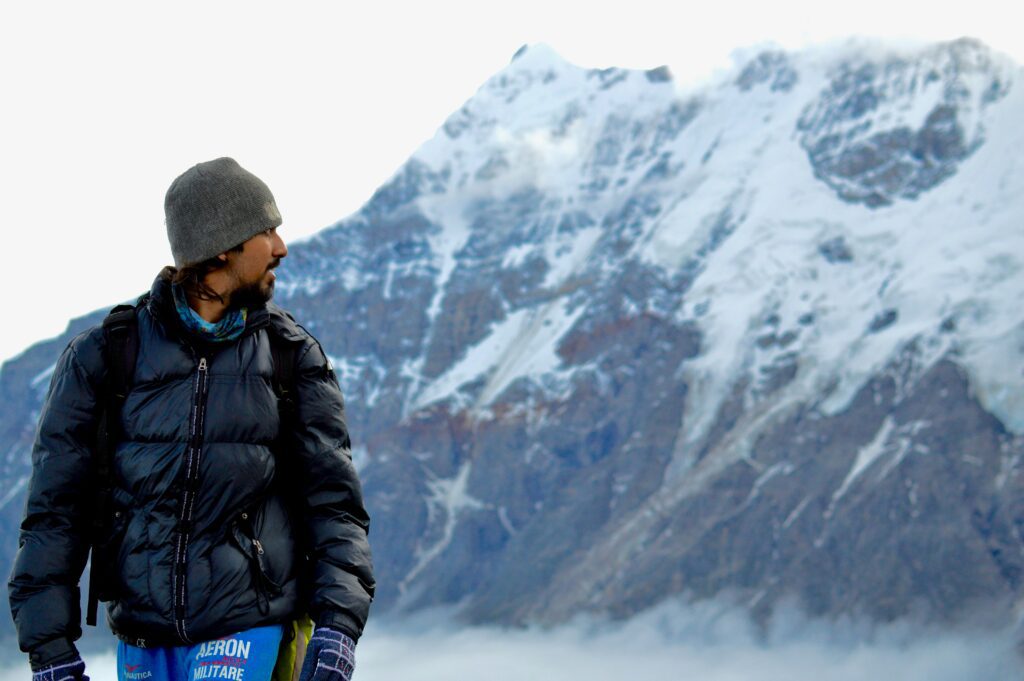
The Roopkund Trek is one of the most mysterious and exciting treks in India. It takes you to the enigmatic Roopkund Lake, often called the Skeleton Lake due to the ancient human skeletons found at its bottom. Nestled in the Garhwal Himalayas, this trek is a mix of thrilling landscapes, dense forests, alpine meadows, and panoramic views of Mount Trishul and Nanda Ghunti.
Highlights:
- Altitude: 16,499 feet
- Best Time to Visit: May to June and September to October
- Duration: 8–9 days
- Difficulty: Moderate to challenging
- Attractions: Roopkund Lake, Bedni Bugyal, and Junargali Ridge
2. Markha Valley Trek, Ladakh
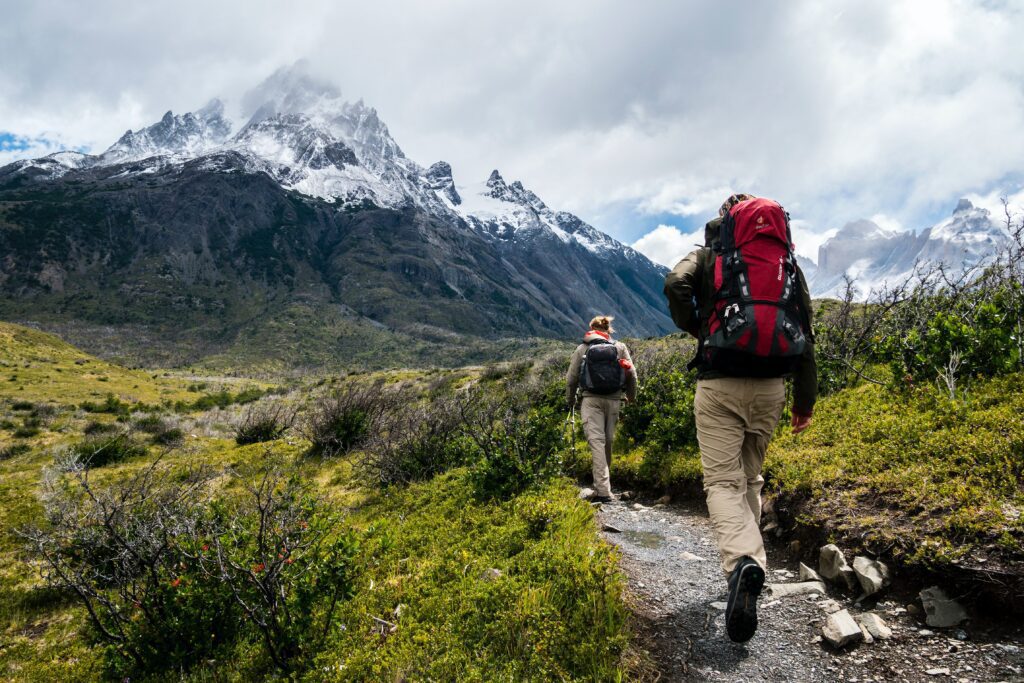
Known as the “Tea House Trek” of Ladakh, the Markha Valley Trek is a mesmerizing journey through the stark beauty of the Ladakhi landscape. Hikers traverse barren mountains, quaint villages, ancient monasteries, and the famous Kongmaru La Pass, offering jaw-dropping views of the Karakoram and Zanskar ranges.
Highlights:
- Altitude: 17,060 feet
- Best Time to Visit: June to September
- Duration: 6–7 days
- Difficulty: Moderate
- Attractions: Hemis Monastery, high mountain passes, and Markha Village
3. Chadar Trek, Ladakh
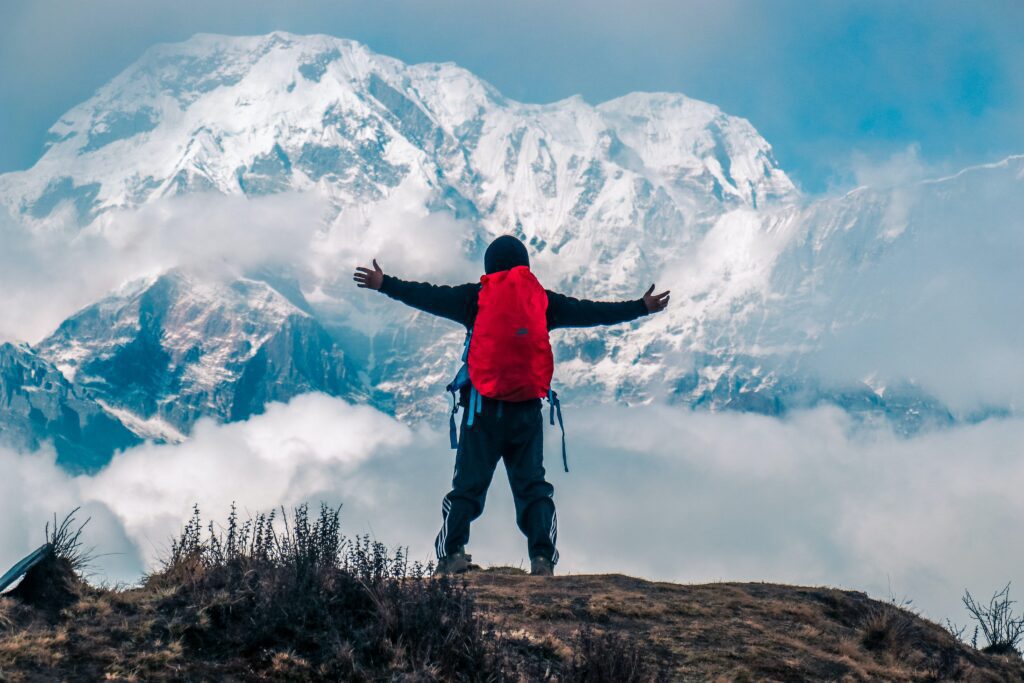
The Chadar Trek is one of the most unique and challenging treks in India. It involves walking on the frozen Zanskar River in the harsh winters of Ladakh, providing trekkers with an unforgettable experience of the region’s extreme weather and rugged beauty.
Highlights:
- Altitude: 11,123 feet
- Best Time to Visit: January to February
- Duration: 9 days
- Difficulty: Difficult
- Attractions: Frozen waterfalls, ice sheets on the river, and remote Zanskari villages
4. Valley of Flowers Trek, Uttarakhand
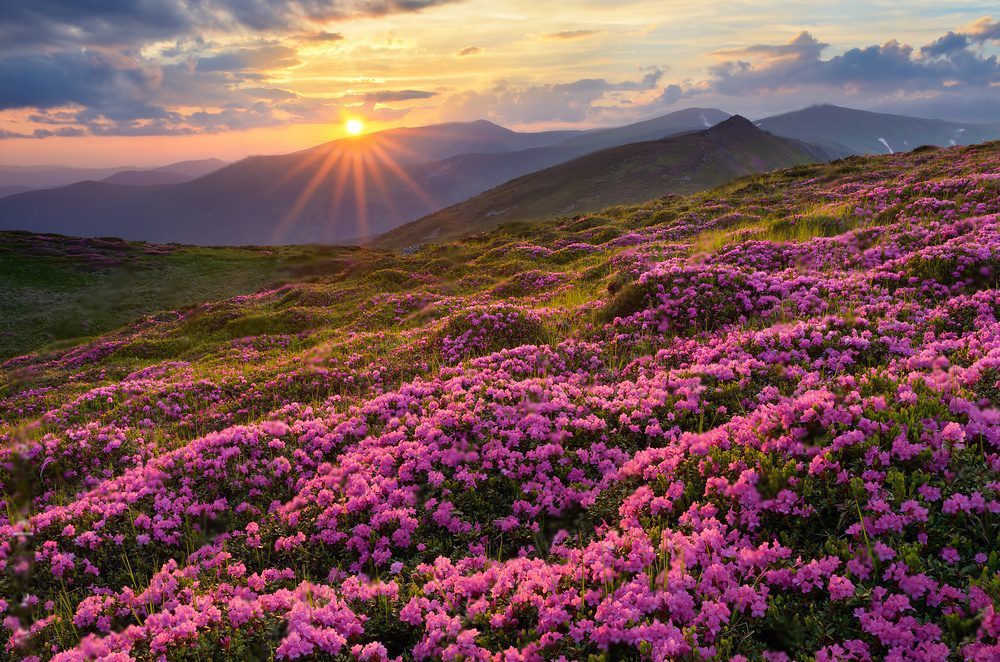
A UNESCO World Heritage site, the Valley of Flowers trek offers a stunning landscape filled with colorful flowers, snow-capped peaks, and rich biodiversity. Ideal for nature lovers, this trail is located in the Nanda Devi National Park and is famous for its meadows blanketed in endemic flora.
Highlights:
- Altitude: 14,400 feet
- Best Time to Visit: July to September
- Duration: 6–7 days
- Difficulty: Moderate
- Attractions: Valley of Flowers, Hemkund Sahib, rare flora species
5. Kedarkantha Trek, Uttarakhand
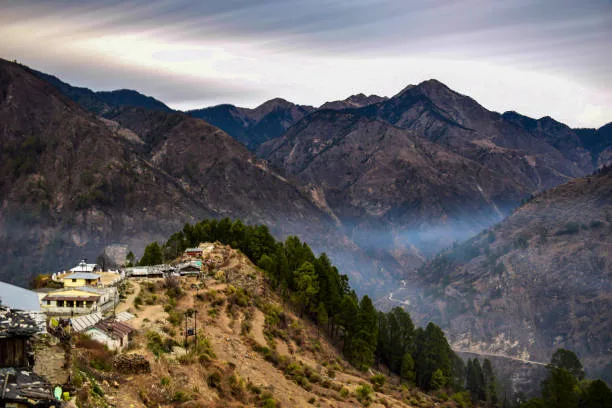
Known as one of the best winter treks in India, the Kedarkantha Trek offers picturesque views of snow-laden landscapes, dense pine forests, and charming villages. It’s an ideal trek for beginners looking to experience the beauty of the Himalayas during the winter season.
Highlights:
- Altitude: 12,500 feet
- Best Time to Visit: December to April
- Duration: 5–6 days
- Difficulty: Easy to moderate
- Attractions: Stunning summit view of Swargarohini, Bandarpunch, and Black Peak
6. Stok Kangri Trek, Ladakh
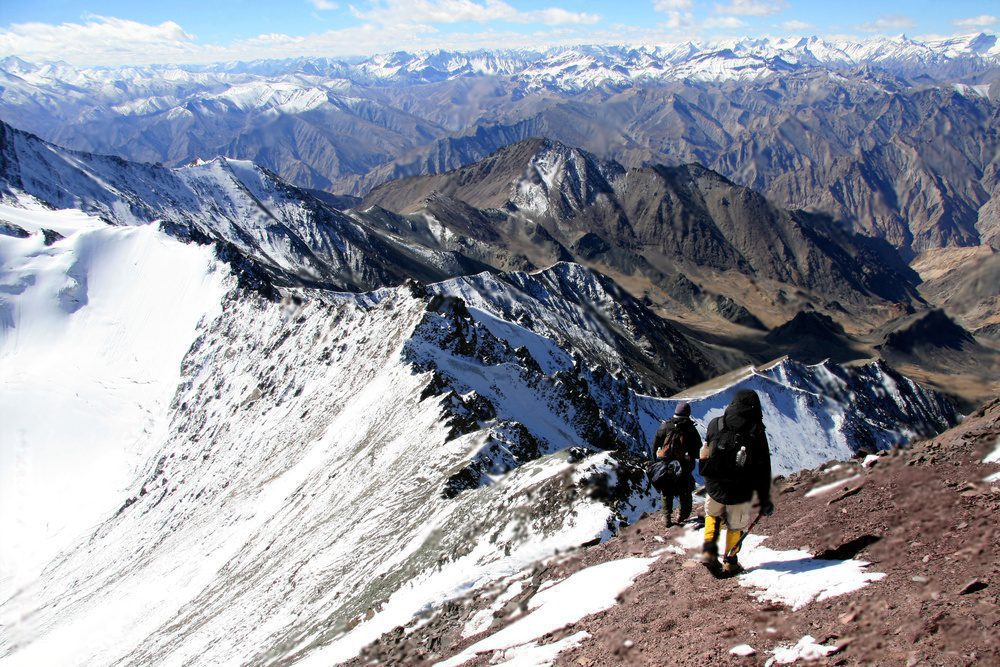
One of the highest trekking peaks in India, the Stok Kangri trek is for experienced hikers who seek a challenge. The trail passes through stunning Ladakhi landscapes and ends with a challenging summit climb that rewards trekkers with unparalleled views of the Himalayas and Karakoram Range.
Highlights:
- Altitude: 20,180 feet
- Best Time to Visit: July to September
- Duration: 8–10 days
- Difficulty: Difficult
- Attractions: Stok Kangri peak, Leh city views, high-altitude glaciers
7. Sandakphu Trek, West Bengal
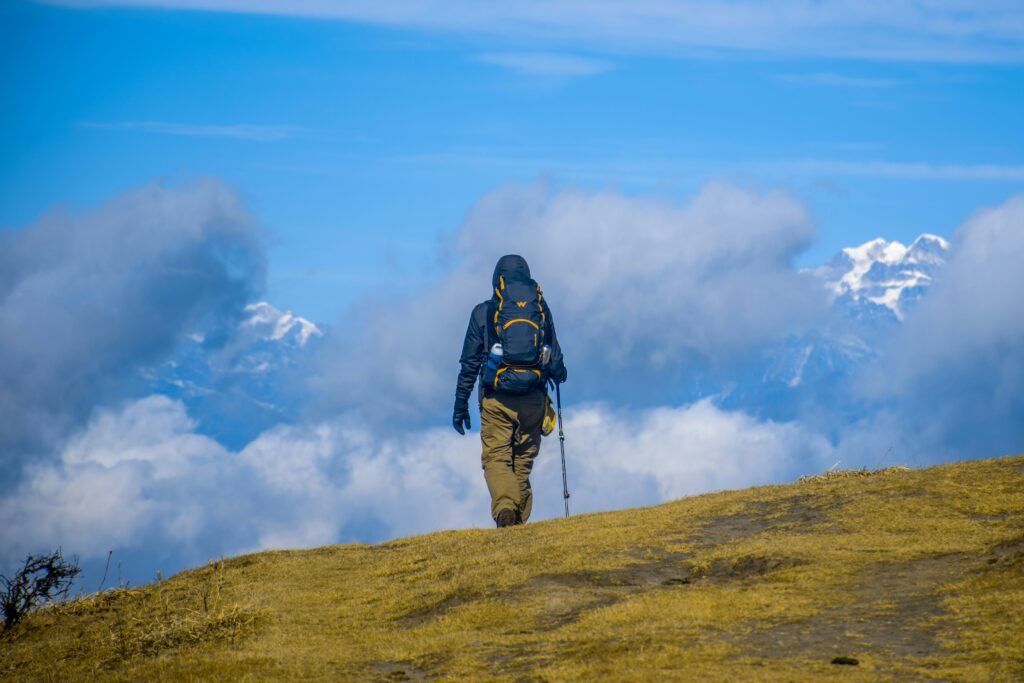
Situated on the border of India and Nepal, the Sandakphu Trek offers a panoramic view of four of the world’s five highest peaks: Mount Everest, Kanchenjunga, Lhotse, and Makalu. The trail takes you through charming rhododendron forests, alpine meadows, and the famous Singalila Ridge.
Highlights:
- Altitude: 11,941 feet
- Best Time to Visit: April to May and October to December
- Duration: 6–7 days
- Difficulty: Moderate
- Attractions: Singalila National Park, views of Kanchenjunga, and mountain villages
8. Goecha La Trek, Sikkim
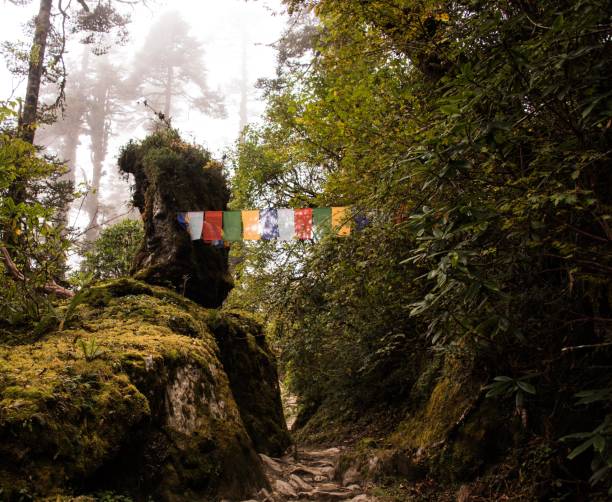
For breathtaking views of the world’s third-highest peak, Mount Kanchenjunga, the Goecha La Trek is a must-do. The trail passes through dense forests, rhododendron groves, and stunning glacial lakes, offering trekkers an unforgettable experience of Sikkim’s natural beauty.
Highlights:
- Altitude: 16,207 feet
- Best Time to Visit: April to June and September to November
- Duration: 10–11 days
- Difficulty: Moderate to difficult
- Attractions: View of Mount Kanchenjunga, Samiti Lake, and the scenic Dzongri viewpoint
9. Kumara Parvatha Trek, Karnataka
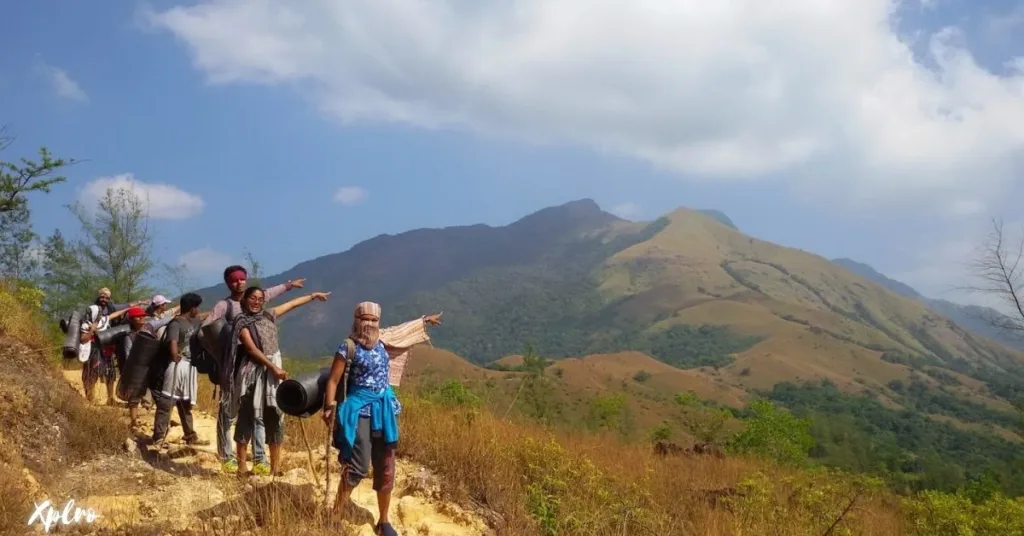
Located in the Western Ghats, the Kumara Parvatha Trek is one of the most challenging treks in South India. The trail takes you through dense forests, rocky terrain, and steep climbs, rewarding trekkers with panoramic views of the surrounding hills and valleys.
Highlights:
- Altitude: 5,735 feet
- Best Time to Visit: October to February
- Duration: 2 days
- Difficulty: Difficult
- Attractions: Pushpagiri Wildlife Sanctuary, lush greenery, and the summit view
10. Tarsar Marsar Trek, Jammu & Kashmir
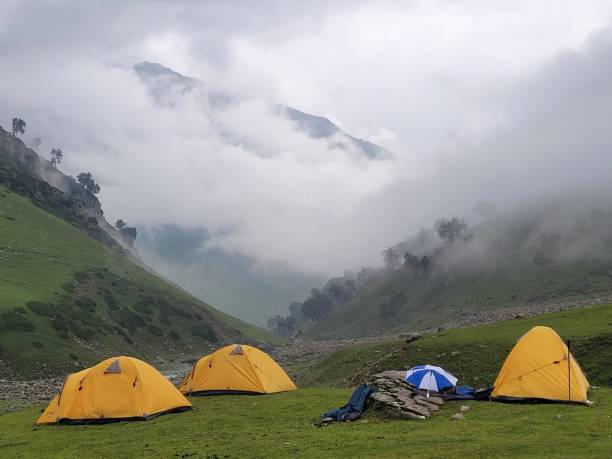
The Tarsar Marsar Trek takes trekkers through the breathtaking Kashmir Valley, dotted with alpine lakes, lush meadows, and snow-covered peaks. This offbeat trek is known for its pristine beauty and relatively fewer crowds, offering a serene trekking experience.
Highlights:
- Altitude: 13,201 feet
- Best Time to Visit: June to September
- Duration: 7 days
- Difficulty: Moderate
- Attractions: Tarsar and Marsar Lakes, Kashmir’s pristine valleys, and wildflower meadows
Conclusion – Hiking and Trekking Trails in India
From the majestic Himalayas to the lush Western Ghats, India’s hiking and trekking trails offer a remarkable adventure for everyone. Trek through mysterious landscapes like Roopkund, with its ancient skeletons, or conquer challenging peaks like Stok Kangri. Witness breathtaking views of Kanchenjunga on the Goecha La Trek or immerse yourself in the serene beauty of Kashmir on the Tarsar Marsar trail. Whether you’re an experienced trekker or a curious beginner, India’s diverse trails cater to all skill levels. So, lace up your boots and explore the incredible landscapes of India. Discover the perfect trek for you on Xplro.com and embark on an unforgettable adventure!
FAQs
1. What is the ideal season for trekking in India?
- The best trekking seasons in India depend on the region. Generally, April to June and September to November are considered prime times for trekking in the Himalayas. Coastal treks are most enjoyable from October to March, when the climate is more agreeable.
2. Is prior trekking experience necessary for these trails?
- While some hikes may require experience, many trails are beginner-friendly. Treks like Kedarkantha and Hampta Pass present moderate challenges that can be tackled by individuals with basic fitness levels.
3. Are permits needed for any of these trekking routes?
- Yes, certain trails, especially those in protected areas such as Nanda Devi National Park or regions in Ladakh, require permits. It is important to research the specific needs for your selected trek and arrange any necessary permits ahead of time.
4. What level of fitness is required for trekking in India?
- Fitness levels needed can vary by trek. Easier treks like Brahmatal may only need basic fitness, while more demanding treks like Chadar require good endurance. Engaging in regular cardiovascular exercises can enhance your preparation.
5. Is it safe to trek alone in India?
- Solo trekking is feasible on many paths, but it’s recommended to join a guided group for safety and navigation, particularly in remote regions. Well-known treks such as Roopkund often have organized trekking groups available.
6. What type of food can I expect while trekking?
- Most trekking excursions provide meals featuring local dishes and nutritious options like rice, lentils, vegetables, and occasionally meat. On some trails, you may have the opportunity to prepare your own meals if camping independently.
7. Are there any health risks to be aware of?
- Altitude sickness can be a concern on high-altitude treks. Proper acclimatization and staying well-hydrated are essential. Consult a physician before your trek if you have any existing health conditions.
8. Is camping permitted on these trekking routes?
- Camping is generally allowed on many trekking routes, but you should adhere to local guidelines. Some popular treks have designated camping spots, while others may require permission to camp in specific areas.
9. What is the cost associated with trekking in India?
- Trekking costs can vary widely depending on the trail, duration, and included services. Guided treks can range from ₹5,000 to ₹30,000 per person, covering meals, lodging, and guides. Independent trekking expenses depend on personal choices.
10. Is it possible to rent trekking gear in India?
- Yes, many towns near popular trekking destinations, such as Manali or Leh, provide gear rentals. You can rent shoes, sleeping bags, and other essential items, though it’s wise to bring personal belongings for comfort and hygiene.
11. What actions should I take in an emergency during a trek?
- In an emergency, stay composed and evaluate the situation. Use your first-aid kit for minor injuries. Always carry a mobile phone or satellite phone for communication. If necessary, contact local rescue services or guides for help.






